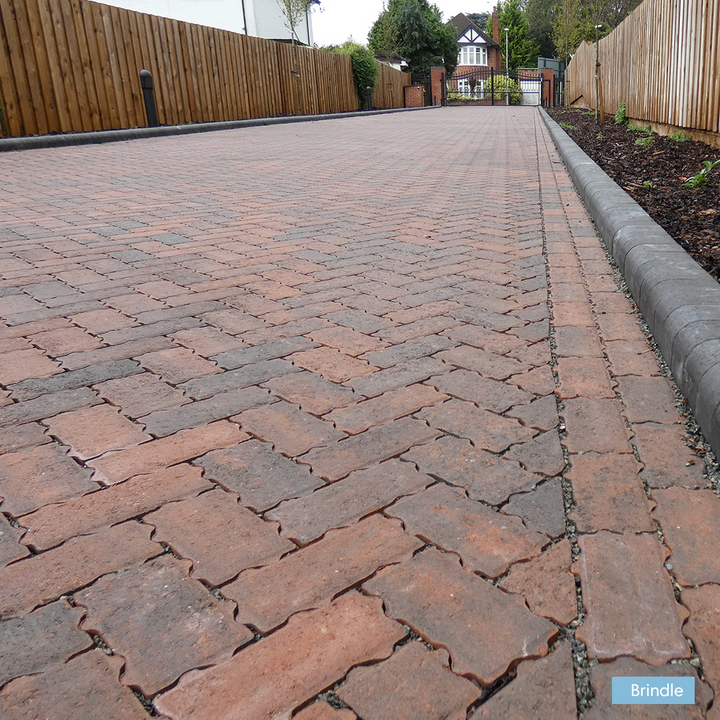When you’re looking into excavation services, you’ll find that the cost estimates can vary widely based on several key factors. The size and complexity of the site often dictate the scale of resources needed, while the type of soil and its conditions can influence both the labor and equipment required. But that’s not all—permitting requirements and the impact of seasonal weather patterns also play vital roles in shaping the final costs. Just when you think you’ve got a handle on the basics, there’s more to unravel about how each factor interplays with the others.
Site Size and Complexity
When considering excavation costs, site size and complexity play a crucial role. You’ll find that larger sites require more resources, from manpower to machinery, which directly impacts your budget. If you’re looking for a reliable excavation company in Georgetown, TX, it’s essential to consider these factors for an accurate estimate.
The site layout can also complicate matters. If your project involves intricate layouts with multiple access points or varying elevations, it’s likely to increase costs. Complex sites demand more precise planning and execution, potentially extending the project timeline.
Understanding the site layout beforehand helps you anticipate challenges. A well-planned layout guarantees efficient work progress, minimizing disruptions. You’ll want to collaborate closely with your excavation team to address any unique features of the site that might affect the process. For example, if your site includes rocky terrain or existing structures, these elements will need careful consideration.
The project timeline is another critical factor. Delays can be costly, so it’s important to have a realistic timeline that accounts for the site’s size and complexity.
Working with your contractor to establish a detailed schedule helps manage expectations and keeps the project on track. By acknowledging the intricacies of site size and complexity, you can better prepare for the financial implications of your excavation project.
Soil Type and Conditions
Although often overlooked, soil type and conditions greatly influence excavation costs. When planning an excavation, you must consider how soil moisture and rock density will affect the process. High soil moisture can make the ground unstable, leading to potential delays and increased costs. Wet, clay-heavy soils may require more time and specialized equipment to manage effectively.
On the other hand, dry, sandy soils might be easier to excavate but can still present challenges if they’re too loose.
Rock density is another critical factor. Denser rocks require more powerful equipment, taking longer to break through and increasing both labor and machinery costs. If your site has a lot of bedrock or dense material, expect higher estimates from your excavation company. Lighter soils, such as loam, are generally easier to handle, reducing the time and effort needed for the project.
Understanding these soil characteristics helps you anticipate potential issues that could impact the budget. By evaluating the soil type and conditions beforehand, you can work more efficiently with your excavation company to develop a cost-effective plan and avoid unexpected expenses during the project.
Equipment and Technology
Considering the challenges presented by different soil types, the right equipment and technology become vital in managing excavation costs effectively. You need to guarantee that the excavation company you choose uses appropriate excavation equipment that suits the specific requirements of your project.
The type of machinery used can considerably impact the efficiency and speed of the excavation process, thereby affecting overall costs. For instance, using a backhoe for a small-scale project might be adequate, but larger projects may require more robust machinery like excavators or bulldozers.
Advanced technology plays a key role in optimizing excavation processes. Companies that invest in cutting-edge technology, such as GPS-guided systems and laser grading tools, can enhance precision and minimize errors.
This not only speeds up the project but also reduces the risk of costly mistakes. By leveraging advanced technology, the excavation company can make real-time adjustments, guaranteeing that the work stays on schedule and within budget.
When evaluating potential excavation companies, ask about the equipment and technology they use. This can give you insight into their ability to handle your project efficiently and economically.
Choosing a company that embraces modern solutions can lead to notable savings and a smoother excavation process.
Regulatory and Permitting Requirements
Guiding regulatory and permitting requirements is vital in managing excavation costs effectively. When you’re planning an excavation project, understanding the permitting process can save you time and money. Each locality has its own set of rules, so it’s important to familiarize yourself with them early on. Skipping this step might result in costly delays or fines, which can inflate your project budget considerably.
To stay on track, make sure your project aligns with all regulatory compliance standards. This involves confirming that your plans meet safety and environmental regulations. You should also know that acquiring the necessary permits might take longer than expected, so factor this into your timeline. By preparing in advance, you can avoid unexpected interruptions.
Additionally, consider hiring a consultant who specializes in the permitting process. They can guide you through complex requirements and help you navigate any potential roadblocks. Their expertise can be invaluable, making certain you don’t miss any essential details.
Ultimately, staying proactive and well-informed about regulatory and permitting requirements protects your budget and timeline. It allows you to focus on other important aspects of your excavation project without the stress of unexpected regulatory issues.
Seasonal and Weather Considerations
While understanding regulatory and permitting requirements is fundamental for managing costs, it’s equally important to reflect on how seasonal and weather conditions impact your excavation project.
Seasonal trends can markedly influence the availability of equipment and labor, potentially driving costs up or down. For instance, during peak construction seasons like spring and summer, demand for excavation services typically rises, which may increase prices. Conversely, scheduling during off-peak months might yield cost savings, but it requires careful planning to guarantee weather conditions won’t hinder progress.
Weather impacts are another vital factor. Rain, snow, and extreme temperatures can delay your project, leading to increased labor costs and extended equipment rentals.
Heavy rainfall can create muddy conditions that are unsafe for workers and machinery, causing work stoppages. Snow and ice present similar challenges, making it essential to reflect on how local weather patterns might affect your timeline and budget.



















 et audience. One powerful and often underestimated tool in achieving this is corporate vehicle branding. Transforming your fleet into mobile billboards can have a multitude of benefits that extend beyond just advertising. In this blog, we’ll delve into the advantages of corporate vehicle branding and why it’s a strategic move for businesses looking to drive success.
et audience. One powerful and often underestimated tool in achieving this is corporate vehicle branding. Transforming your fleet into mobile billboards can have a multitude of benefits that extend beyond just advertising. In this blog, we’ll delve into the advantages of corporate vehicle branding and why it’s a strategic move for businesses looking to drive success.
